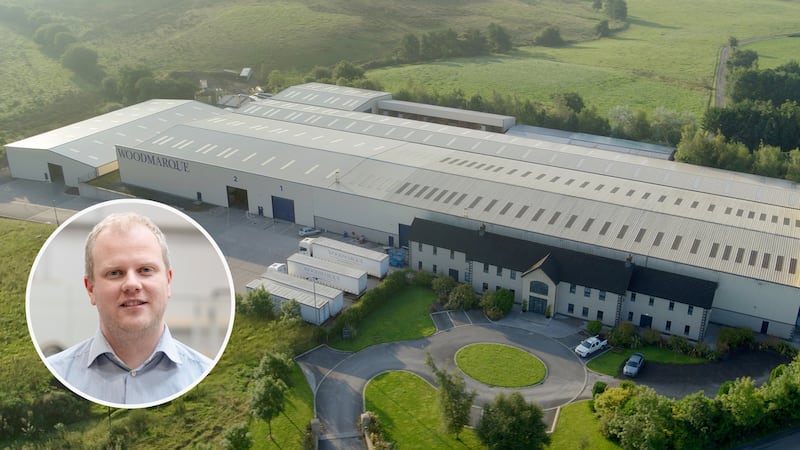THERE'S a well-known principle or term in the IT industry called Moore’s Law that states the number of transistors on a microprocessor — in other words computing power — will double every two years.
How often do we look back at the heavy monsters of laptop PCs we were content to carry about with us? Today we carry Apple iPads, Microsoft Surface or some other form of Ultrabook PC (the term given to high powered lightweight notebook PCs).
This ‘law’ has held true since Gordon Moore came up with it over 50 years ago in 1965, but its imminent end has been predicted for years. As long ago as 2000, warnings were raised about the limits of how small and fast silicon technology can get.
Before you think I’m getting all ‘techie’, let me assure you I'm not. For one thing, Moore’s Law isn’t really a ‘law’. It’s more of a self-fulfilling prophecy. Moore didn’t describe an immutable truth, like gravity or the conservation of momentum. He simply set our expectations, and lo, the chip makers delivered accordingly.
In fact, the industry keeps finding new ways to pack more power onto tinier chips. Unfortunately, they haven’t found ways to cut costs on the same exponential curve. Many believe the worldwide semiconductor industry is no longer planning to base its research and development plans for silicon chips around the notion of doubling their power every two years, because it simply can’t afford to keep up that pace in purchasing the incredibly complex manufacturing tools and processes necessary.
Besides, current manufacturing technology may not be able to shrink silicon transistors much more than it already has. In any event, transistors have become so tiny that they may no longer reliably follow the usual laws of physics — which raises questions about how much longer we’ll dare to use them in medical devices, nuclear plants or aircraft.
So does this signal the end of an era of this exponential tech-driven change or is it about to come to a screeching halt? Maybe not!
Even if silicon chips are approaching their physical and economic limits, there are other ways to continue the exponential growth of computing performance, from new materials for chips to new ways to define computing itself. We’re already seeing technological advances that have nothing to do with transistor speed, like more clever software.
One of the major emerging technologies that promises to speed up processing power in the future is what the IT industry calls ‘in-memory computing’. Throughout computing history, the slowest part of processing, has been getting the data from the hard disks (where it’s stored) to random access memory (RAM – your memory chips), where it can be used to carry out a process like a financial month end report.
In layman's terms, your hard drive is your storage filing cabinet and your memory is your worktop – the larger the worktop to hold information the less time is spent retrieving information and returning information, back and forward to your filing cabinet. A lot of processor power in computers is wasted simply waiting for data to arrive from its file on the hard drive.
By contrast, “in-memory” computing puts massive amounts of data into RAM (your ‘worktop’) where it can be processed or worked on immediately. Combined with new database, analytics, and systems designs, it can dramatically improve both performance and overall costs. Over a number of years, IT giants like SAP have seen a necessity to develop an advanced database to accommodate this new faster method of processing data and that has led to developing their current financial management systems even for the average Irish SME.
Another development that is gathering momentum fueling the march in IT advancements is Graphene-based microchips. Graphene is one molecule thick and more conductive than any other known material. It can be rolled up into tiny tubes or combined with other materials to move electrons faster, in less space, than even the smallest conventional silicon transistor. This will extend Moore’s Law for microprocessors a few years yet.
So while we may be approaching the limits of what silicon chips can do, technology itself is still accelerating. It’s unlikely to stop being the driving force in modern life. If anything, its influence will only increase as new computing technologies push robotics, artificial intelligence, virtual reality, nanotechnology, and other world-shaking advances past today’s accepted limits.
In short, exponential growth in computing may not be able to go on forever, but its end is still much farther in the future than we might think!
:: Trevor Bingham (editorial@itfuel.com) is business relationship manager at ItFuel in Craigavon. Follow @itfuel on Twitter.








